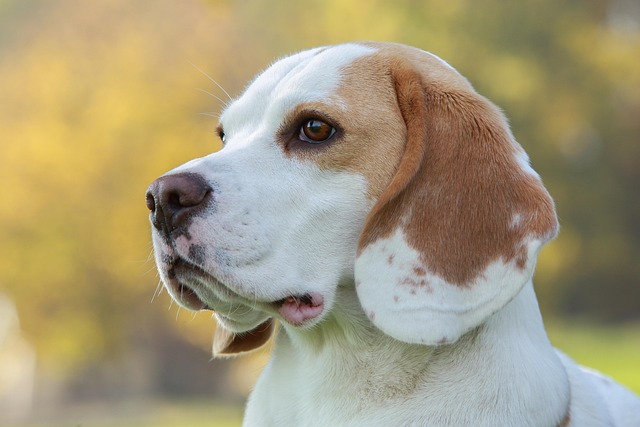
How can I tell if my dog's heatstroke is serious
Let’s be real: It’s a sticky August morning in Los Angeles, and you took your 2-year-old Golden Retriever, Max, for a walk a little later than usual
Your beagle puppy’s big eyes and wiggly tail might make you want to fill their bowl nonstop—but getting portions right is key to their health. It’s not just about avoiding hunger; it’s about keeping their growing body on track and following rules that keep both of you compliant.
Figuring out how much to feed your beagle puppy can feel tricky—these little hounds have big appetites but sensitive digestive systems. Start by checking the puppy food label: most brands list portions based on weight, but beagles often need a touch more to fuel their energy. A 3-month-old pup might eat 1/2 to 3/4 cup per meal, split into three feedings, while a 6-month-old could move to 1 cup, twice a day. Always weigh portions with a kitchen scale instead of guessing; overfeeding now leads to obesity, a common issue for adult beagles.
Don’t forget to align feeding habits with local pet laws—many areas in the US and Europe require regular vet checkups, which include weight monitoring. Your vet can adjust portions based on your puppy’s growth rate, especially if they’re a rescue or have health quirks. For example, in some EU countries, pet food must meet specific nutrient standards, so stick to brands approved by local authorities to avoid legal missteps. Avoid table scraps too; not only do they upset training routines, but some foods (like grapes or chocolate) are illegal to feed pets in certain regions due to safety laws.
 Watch for cues your puppy is full: they’ll slow down eating, walk away from the bowl, or lose interest in treats. Beagles are food-motivated, so they might beg even when full—resist the urge to give extra. Use mealtimes as training moments too; asking for a “sit” before feeding builds good behavior and helps you track how much they’re eating. If you travel with your puppy, bring their regular food and a copy of their vet records to comply with state or country entry rules, which often include proof of proper nutrition.
Watch for cues your puppy is full: they’ll slow down eating, walk away from the bowl, or lose interest in treats. Beagles are food-motivated, so they might beg even when full—resist the urge to give extra. Use mealtimes as training moments too; asking for a “sit” before feeding builds good behavior and helps you track how much they’re eating. If you travel with your puppy, bring their regular food and a copy of their vet records to comply with state or country entry rules, which often include proof of proper nutrition.
As your puppy hits 12 months, transition to adult food gradually over a week—mix 25% adult food with 75% puppy food the first day, then adjust. Adult beagles typically eat 1.5 to 2 cups daily, but this varies by activity level. A beagle who loves long walks in the park will need more than one who prefers napping on the couch. Keep an eye on their body condition: you should feel their ribs slightly under their fur, and their waist should be visible when viewed from above. If you’re unsure, snap a photo and ask your vet at your next legally required checkup.
Feeding your beagle puppy the right amount isn’t just about keeping them full—it’s about setting them up for a healthy, legal life. By following portion guidelines, working with your vet, and staying aware of local pet laws, you’ll avoid common pitfalls. Remember, every puppy is unique; what works for one beagle might not work for another. Stay consistent, observe their habits, and adjust as needed, and you’ll have a happy, healthy companion for years to come.

Let’s be real: It’s a sticky August morning in Los Angeles, and you took your 2-year-old Golden Retriever, Max, for a walk a little later than usual

You're enjoying a summer afternoon at the park when you notice your dog has stopped panting and appears disoriented - their gums are bright red

Let’s paint the picture: You’re in your Denver apartment, watching your 4-year-old Boston Terrier, Ruby, plop down mid-play session with her favorite toy

Many dog owners notice their pets nails seem shorter after regular walks,but how much does this daily activity actually help?The answer depends on where you walk—concrete sidewalks or asphalt streets gently file nails as a dog's paws hit the ground

Most dog owners notice their pup scooting across the carpet at some point, but few connect it to impacted anal glands. These small sacs near a dog’s rectum secrete a scent for marking territory

Most vets agree that regular dog teeth cleaning is key to avoiding painful dental issues later. For healthy adult dogs, a professional cleaning at the vet’s office every 12 to 18 months usually works well.